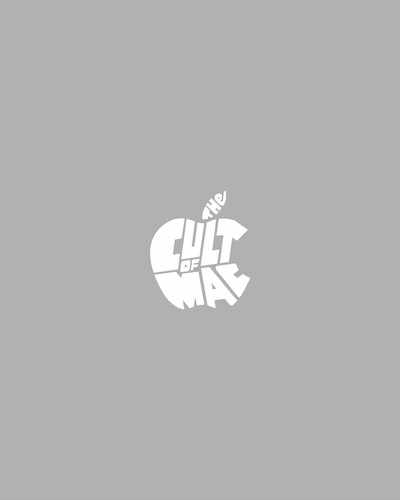
The icons proved to be more practical and eventually
won out. They were prettied up and became the iOS we
know today. “There were decisions that were made that
paved the way for what the iPhone is today,” Plain said.
“These are significant pieces of history.”
Plain kept these gems quiet, fearing Apple attorneys
would come looking for him to get the devices back. The
anniversary came and went, and Apple never called Plain.
Recent iPhone prototypes are not so rare. A greater
number of prototypes are needed because user tests need
to be done in different countries and, for example, at differ-
ent altitudes to test the antenna and other functions.
Plain heard one story about the very first working
iPod prototype. Jobs called a team meeting, and when his
designers showed it to him, he complained that it was too
big. The engineers told Jobs that the device was as small as
it possibly could be, given current technology and the specs
he demanded. Jobs looked at the device in his hand and
suddenly asked for a nearby pitcher of water.
Jobs then dropped the prototype into the water, much
to the horror of the team. “You see those bubbles?” Jobs
supposedly said at the meeting. “That’s air, that’s space. I
want that gone.” No one knows whether that device was
retrieved and is sitting in storage somewhere. But stories like
this keep prototype collectors like Plain on the hunt.
“To think that a perfectly good prototype was destroyed
is saddening,” Plain said. “But that’s what’s supposed to hap-
pen to all of them. While I’d love to try and have all of those
goodies, I realize most people did what they were asked,
which was turn them in to be crushed. Back in the ‘good old
days,’ as the early engineers called them, it was a lot [looser]
after a project launched. Back then, no one realized what
Apple was going to become. After Steve was ousted, and then
once he returned, … he didn’t want anyone on the outside to
know or have access to anything on the inside. Apple’s culture
of secrecy was born.”
From time to time, Plain is contacted by old Apple
engineers who would like to see their projects end up with
someone who appreciates them. “While it makes me sad to
see these really amazing individuals get to the point where
they let go of these items for dreary reasons, it’s wonderful
that these pieces of history can see the light of day again,”
Plain explained.
Plain estimated that he has invested up to six figures
to acquire his collection. Some prototypes can go for less
than a couple hundred dollars, while some — like a clear shot
Mac SE in pristine condition that still works — can go for as
much as $30,000 to the right buyer. He still has his first SE.
At one time, he had four.
Plain said that Apple has never asked him to turn over
an item in his collection. He knows of a MacBook prototype
with an antenna on eBay that suddenly disappeared from
the site when bidding reached $80,000. Plain wondered
whether the seller got a cease-and-desist warning from
Apple’s attorneys.
“Apple knows to some degree who I am,” Plain said. “I
have a collection that is fairly close to where [the company]
calls home. If they called me and needed something back,
we could work something out. I do this as a hobby.”
03.002.08
Prototype Apple iPhone 2G (first iPhone).
The black phone holds an unreleased version
of iOS. PHOTO: Jonathan Zufi
03.002.07
A prototype of an Apple Macintosh Portable
(M5120). PHOTO: Jonathan Zufi
66
67
..................Content has been hidden....................
You can't read the all page of ebook, please click here login for view all page.
